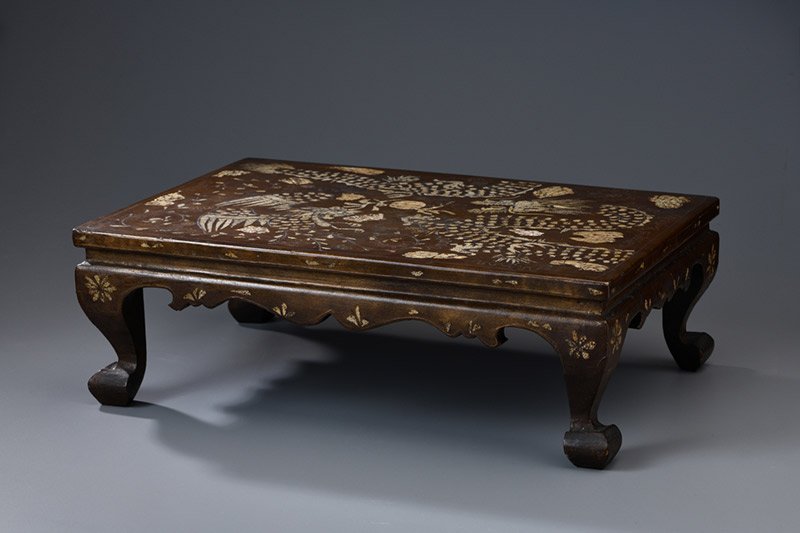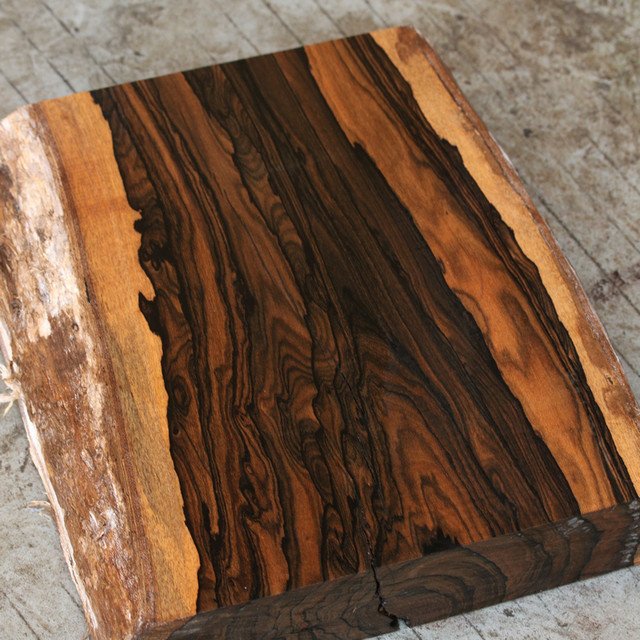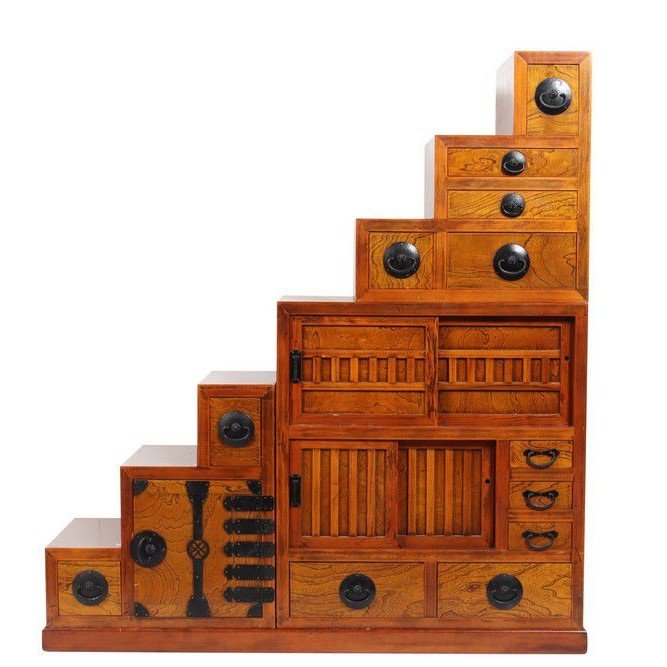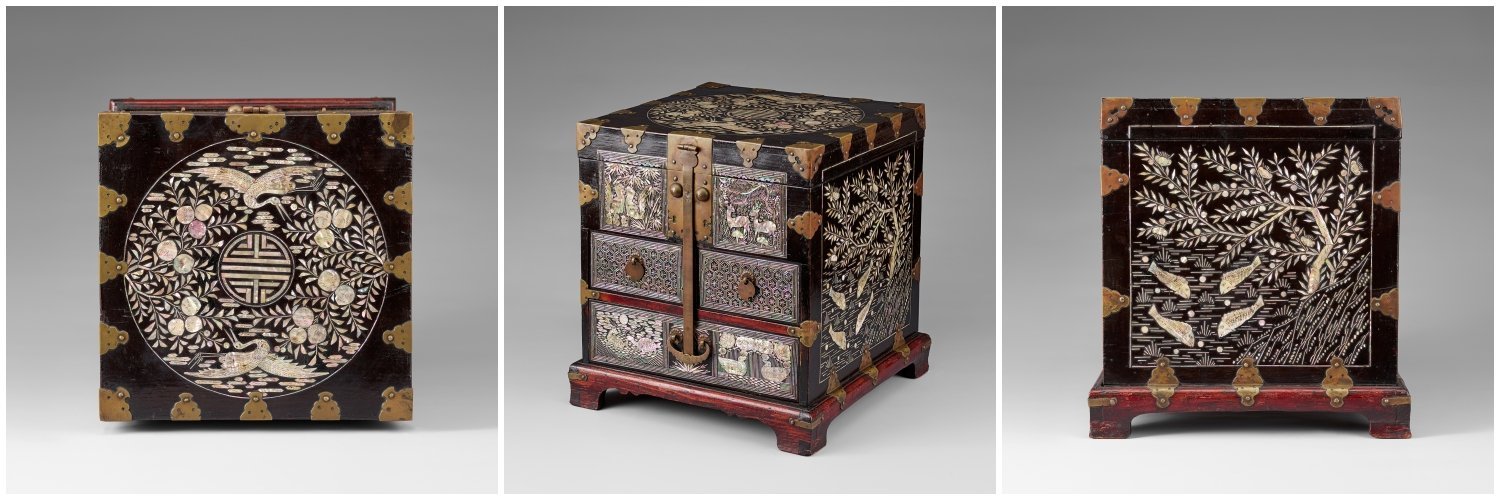TRADITION & INSIGHT EXHIBITION. JJ ART. 16 Insa-dong 9-gil, Jongno-gu, Seoul. Baekak Museum of Art, 1st floor. May 23, to June 23, 2017. NATIONAL FOLK MUSEUM OF KOREA. Najeon, Glimmer & Shine. May 19, 2023 ~ August 27, 2023. Najeon is a decorative technique that involves using mother-of-pearl from the shells of abalones, conchs, and […]










